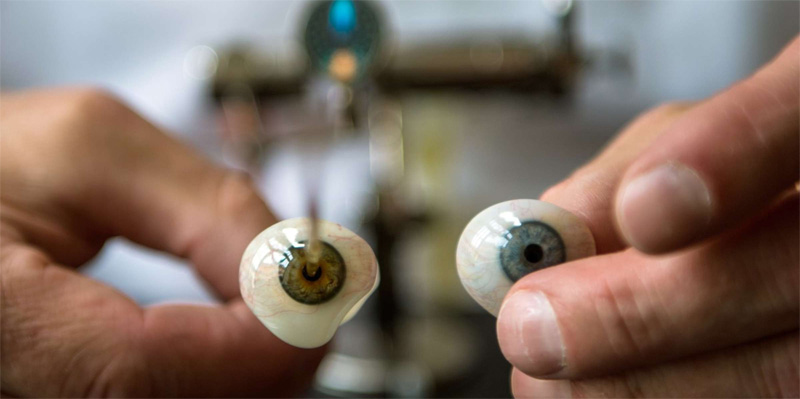
Here’s What You Need to Know about Bionic Eye. As a matter of fact, across the globe more than 40 million people are suffering from vision-related problems, the majority of them are completely blind. Researchers and medical scientists are working tirelessly to develop new devices and techniques to restore vision. Taking the examples from cochlear implants, scientists used such technology to develop a bionic eye which is effective in restoring visual disabilities. In developing countries around 80 % of people are suffering from problems related to eyesight, and due to financial conditions, nearly 50% of people are not able to opt for proper treatment. At the same time awareness is increasing among people regarding the treatment of ophthalmic diseases.
The bionic eye is an artificial vision device. It is also called visual prosthetic. Bionic Eye has been designed as a wearable external system. It is used to restore the visual disabilities of the patient who has either completely or partially lost the vision of the eye. It is a type of biomedical implants in which artificial devices are added to the body.
The bionic eye is very different from the prosthetic eye. A prosthetic eye is called a glass eye. They are implanted to replace the main physical structure of the eye. On the other hand, bionic eye implants work in the existing eye structure. This means the bionic eye doesn’t require the removal of the organ. A bionic eye is designed in such a way to restore the normal visual function of the eye in case of partial or complete blindness. This device captures and processes the image, and sends it to implanted circuitry.
If we try to understand the basic functioning of the eye, first the light enters the eye. The cornea and the lens focus this light to the retina with the help of other accessory parts of the eye. The rods and cones, which are light-sensitive cells convert light energy into electrical energy. These electrical signals are then sent to the brain through optic nerves.
There could be multiple reasons for partial or complete blindness, similarly, there are multiple options available for curing them. But before opting for any treatment, the main cause of visual impairment must be known. Those patients who have damaged cornea or lens are unable to focus the light on the retina. In such cases, corneal transplantation or cataract surgery is done to restore vision and these are also cost-effective.
The bionic eye consists of a camera mounted on tiny eyeglasses, electrodes, and a transmitter that sends signals to an array of the electrode. This electrode is implanted onto the retina of the blind person. It is based on a wireless telemetry system in which the transmitter conducts the signal to the electrode wirelessly.
External hardware is connected in the bionic eye that capture images, process them, and create instructions. These signals are then conveyed to the implanted circuit via a telemetry link. Bionic Eye has been developed as a wearable external system that captures and processes the image, this system is accompanied by the implanted circuitry.
Several models of the bionic eye have been proposed that target different areas of the visual pathways. But until now, the model involving retinal implants is only approved.
The manufacturing companies are trying to add advancement to the device in which the number of electrodes will be increased that will capable of producing sharp images of the objects. Researchers are also testing a new device that can directly stimulate the brain and bypass the retina.
The Bionic Eye Market has been showing rapid growth due to the increasing incidence of vision loss. As per the WHO report of 2019, more than 2.2 billion people are already suffering from blindness or vision-related impairment. The increasing incidence of diseases related to the eyesight is directly related to the increasing prevalence of diseases like diabetes, heart attacks, etc., that why there is a huge need for bionic eye adoption. The rise in the geriatric population, an increase in the number of patients suffering from chronic diseases, and the government’s attention to funding R&D initiatives are the main factors that are boosting the demand of bionic eye in the market. The Global Bionic Eye Market has been expected to rise at a growth rate of 13.8% CAGR over the forecast period.